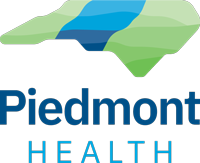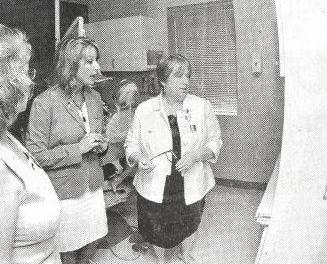 Patients, doctors, staff and elected officials turned out to the Siler City Community Health Center Friday to give thanks and congratulations to the center’s staff members for their ongoing work. The facility, which is located at 221 S. Tenth Ave, provides an option for medical care for people who can’t afford typical doctor’s visits. “Community health centers are the best-kept secret around,” said Dr. Katrina Mattison, one of the operation’s dentists, “and we’re trying not to be.” Siler City’s center offers consultations, lab work, dental and medical services as well as a pharmacy and more. Staff is on hand to handle and offer help for a wide variety of issues ranging from toothaches to organ failure to breastfeeding.
Patients, doctors, staff and elected officials turned out to the Siler City Community Health Center Friday to give thanks and congratulations to the center’s staff members for their ongoing work. The facility, which is located at 221 S. Tenth Ave, provides an option for medical care for people who can’t afford typical doctor’s visits. “Community health centers are the best-kept secret around,” said Dr. Katrina Mattison, one of the operation’s dentists, “and we’re trying not to be.” Siler City’s center offers consultations, lab work, dental and medical services as well as a pharmacy and more. Staff is on hand to handle and offer help for a wide variety of issues ranging from toothaches to organ failure to breastfeeding.
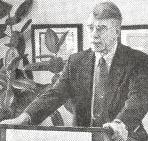 Many elected officials attended the event, which was held during National Community Health Center Week. State Rep. Joe Hackney lauded the center’s work. “It is a critical part of our health care in this county,” he said. “Community services and centers provide that niche.”
Many elected officials attended the event, which was held during National Community Health Center Week. State Rep. Joe Hackney lauded the center’s work. “It is a critical part of our health care in this county,” he said. “Community services and centers provide that niche.”
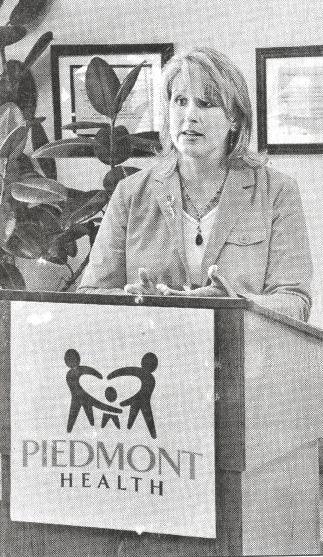 Rep. Renee Ellmers, who is also a registered nurse, agreed with the assessment and stressed the importance of local efforts. “I’m a big supporter of community health centers,” Re. said. Dr. Tom Wroth, medical director of Piedmont Health, which manages the center, said that the facility, and those like it, provides easy-to-see benefits. Health centers reduce disparities among minorities, Wroth said, and saved about $1.4 billion nationally in costs and ER visits last year. “Just with our work with Medicaid, we reduced ER admissions by 30 percent,” he said.
Rep. Renee Ellmers, who is also a registered nurse, agreed with the assessment and stressed the importance of local efforts. “I’m a big supporter of community health centers,” Re. said. Dr. Tom Wroth, medical director of Piedmont Health, which manages the center, said that the facility, and those like it, provides easy-to-see benefits. Health centers reduce disparities among minorities, Wroth said, and saved about $1.4 billion nationally in costs and ER visits last year. “Just with our work with Medicaid, we reduced ER admissions by 30 percent,” he said.
A study recently published by George Washington University also confirmed the savings of North Carolina’s health centers. The average patient saved about $3,500 when using a health center rather than typical health care, according to the study. “Our findings indicate that patients served by North Carolina’s health centers cost an average of 62 percent less annually across all types of care than do patients with the same health status and demographic characteristics served in other ambulatory care settings,” according to the study.
To help patients with their problems, the center receives its funding from a variety of sources. About 16 percent of revenue is from the federal government through grants. Almost all of that funding goes to covering uninsured patients, Wroth said. “We have to do a lot to stretch the health care dollar,” Wroth said. Most of the center’s funding comes from Medicare and Medicaid, he added. The staff’s main goal is ensure that patients are able to get out of the facility with the treatment they need. “We really want to make sure patients don’t leave here with a prescription they can’t afford,” Wroth said. One way the facility can offer lower prices is by using the 340B drug Pricing Program. According to the program’s guidelines, because of the type of work the facility does, drug companies must supply its pharmacy with medications at low costs.
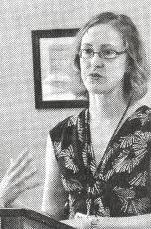 The center’s staff also works with schools and more than 200 regional small businesses to set up plans that help reduce costs. And in an effort to better reach out to the community, the facility’s staff attempts to make the center as accessible as possible.
The center’s staff also works with schools and more than 200 regional small businesses to set up plans that help reduce costs. And in an effort to better reach out to the community, the facility’s staff attempts to make the center as accessible as possible.
All receptionists are bilingual, and a program is in place to help some patients with transportation problems. In addition to elected representatives, local patient’s turned out to voice their appreciation for the center’s work. One such patient was Rory Garcia, a woman who had fallen on hard times and required care. “What these people have done for me has been absolutely so loving and caring,” Garcia said. “I am so very grateful for what they have done.”
Source: Mike Gates, Chatham News/Record, Thursday, September 1, 2011
